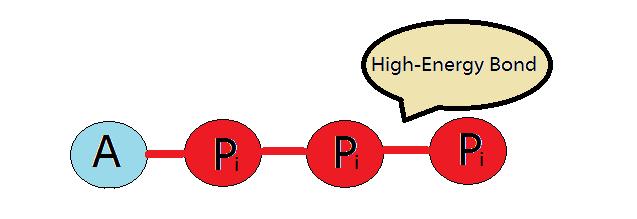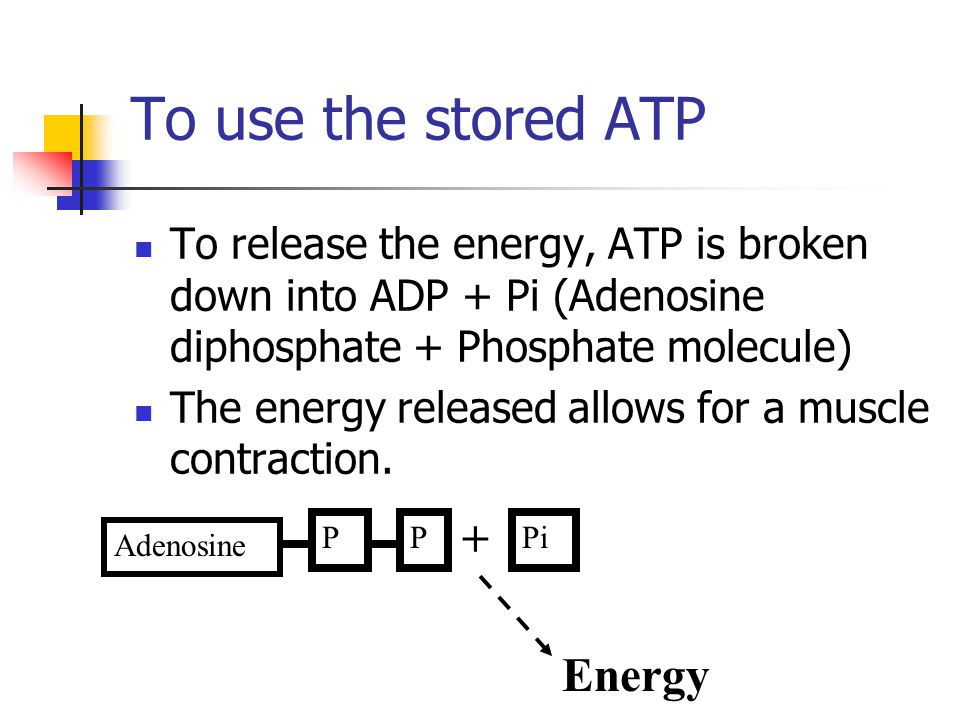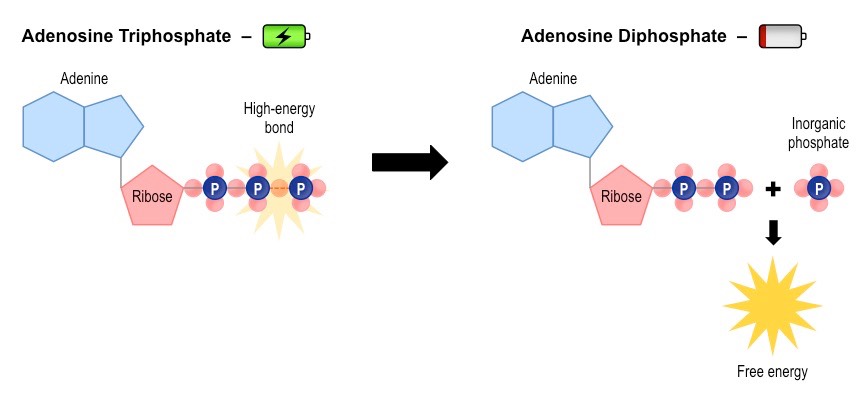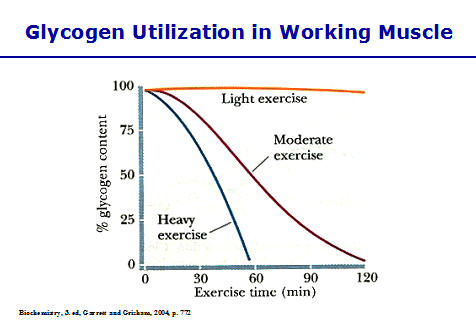How is energy stored in a cell?
2 Answers
This is energy stored within chemical bonds of
Explanation:
The energy stored in the bonds that held the atoms of molecule together is called chemical energy.
And

When

Hope it helps...
Energy currency of all living cells is ATP (adenosine triphosphate) but this can not be stored in large amount.
Explanation:
- ATP molecules are generated by cellular respiration: this molecule releases energy by breaking into ADP and inorganic phosphate, the reaction is catalysed by ATPase enzyme.

-
ATP stored in muscles may last only 10 seconds of exercise. Also consider the fact that ATP is a heavy molecule: molar mass of ATP is more than 500g/mol. Storage of ATP would have abnormally increased our weight. So it is natural that ATP is not stored in large amount but is continuously generated.
-
In muscle tissues, a special molecule called phosphocreatine is stored which can change an ADP immediately in an ATP in presence of enzyme.
About 120 gram of phosphocreatine is stored in our muscles.
- To generate ATP, our muscle cells can use glucose as raw material for cellular respiration. About 500 gram of glycogen is stored in skeletal muscles of an adult body. The glycogen readily supplies glucose for production of ATP (both aerobically and anaerobically).

- Skeletal muscles store another molecule named myoglobin which can quickly supply oxygen for aerobic respiration when there is a decline in concentration of oxygen in muscle. Myoglobin has a higher affinity towards oxygen, hence it dissociates from oxygen only at a lower partial pressure of oxygen compared to haemoglobin.

